Table of Contents
What Is Cinnamon Bark?
Cinnamon bark is the inner layer of the tree trunk from the Cinnamomum genus. It's harvested by peeling the thin, papery layers from the tree and then drying them. These dried strips are what we commonly refer to as cinnamon sticks or cinnamon bark. The bark is known for its sweet, warm, and slightly spicy aroma that adds depth to both sweet and savory dishes. The harvesting process involves removing the outer bark first, then carefully peeling the inner bark into strips, which are dried in the sun to preserve flavor and potency.
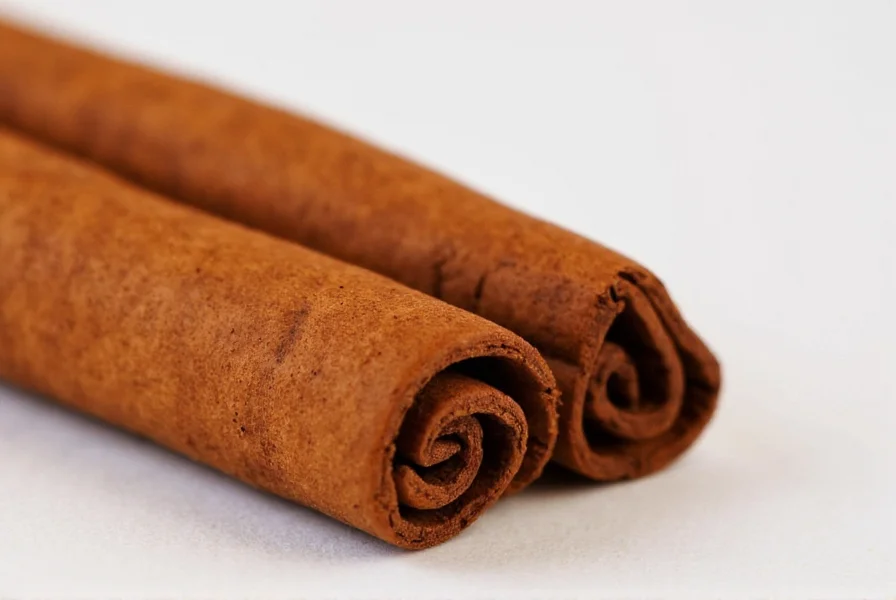
Types of Cinnamon: Ceylon vs. Cassia
Not all cinnamon is created equal. There are two main types of cinnamon: Ceylon and Cassia. Understanding the difference between them is crucial when choosing the right cinnamon bark for your needs.
| Type | Origin | Flavor Profile | Bark Texture |
|---|---|---|---|
| Ceylon | Sri Lanka | Mild, sweet, and floral | Thin, soft, and curling |
| Cassia | China, Indonesia, Vietnam | Strong, spicy, and robust | Thick, hard, and straight |
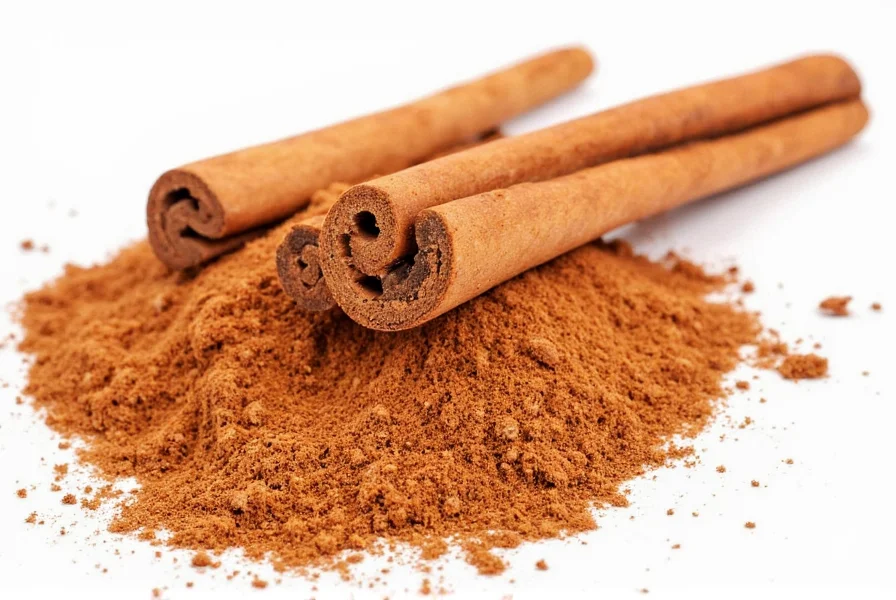
Uses of Cinnamon Bark
Cinnamon bark is incredibly versatile and can be used in a wide range of applications. From baking to beverages, its warm, sweet, and slightly spicy notes make it a favorite among chefs and food lovers alike.
1. Baking
Cinnamon bark is a staple in many baked goods, including cookies, pies, and breads. It adds a delightful warmth and complexity to desserts like apple pie, cinnamon rolls, and spiced cakes.
2. Beverages
Add a stick of cinnamon bark to your coffee, tea, or hot chocolate for an extra kick of flavor. It's also a key ingredient in mulled wine and spiced cider during the holiday season.
3. Savory Dishes
Don't limit yourself to sweet dishes! Cinnamon bark can enhance the flavor of stews, soups, and meat dishes. It pairs particularly well with lamb, chicken, and vegetables like carrots and potatoes.
4. Health Benefits
According to the National Institutes of Health (NIH), cinnamon bark contains antioxidants and may help regulate blood sugar levels and support heart health. However, it should complement—not replace—medical treatment. Cassia cinnamon contains coumarin, so moderation is important, especially for those with liver conditions.
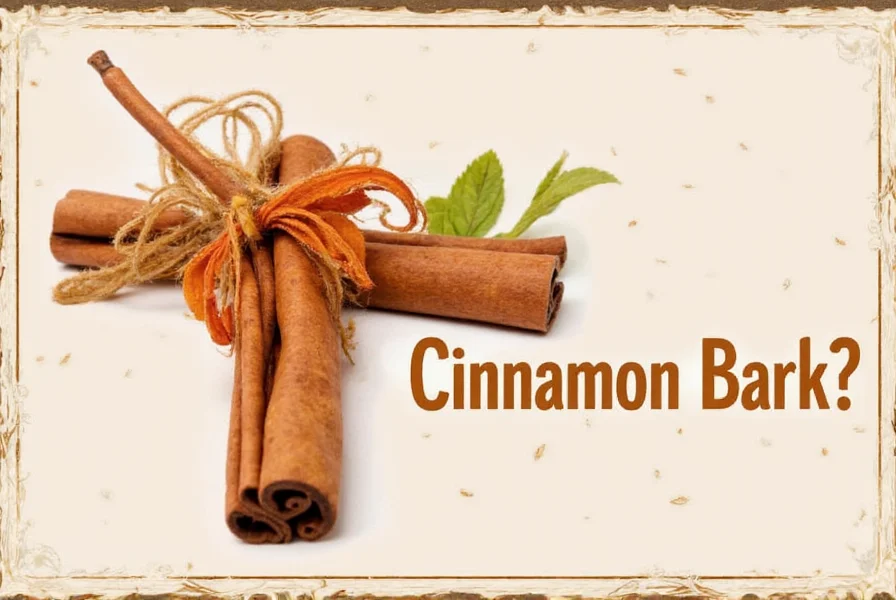
Buying Guide for Cinnamon Bark
If you're looking to buy cinnamon bark, there are several factors to consider to ensure you get the best quality for your money.
1. Quality and Origin
Choose high-quality cinnamon bark from reputable sources. Look for Ceylon cinnamon if you want a milder, more refined flavor, or opt for Cassia if you prefer a bolder taste. Be cautious of low-quality or adulterated products that may not deliver the same aroma and flavor.
2. Appearance and Texture
Good cinnamon bark should be smooth, evenly colored, and free from cracks or discoloration. Ceylon cinnamon bark is usually light brown and curled, while Cassia is darker and straighter.
3. Packaging and Storage
Store cinnamon bark in an airtight container away from direct sunlight and moisture. Proper storage will help maintain its flavor and potency over time.
4. Price and Value
Ceylon cinnamon tends to be more expensive due to its superior quality, but it offers a better flavor and aroma. Cassia is more affordable and widely available, making it a great choice for everyday use.
5. Recommended Products
- Ceylon Cinnamon Sticks (Organic) - Ideal for baking, brewing, and gourmet cooking. Features: Organic, pure, and hand-selected.
- Cassia Cinnamon Powder - Great for adding flavor to sauces, marinades, and baked goods. Features: Strong flavor, easy to measure, and cost-effective.
- Cinnamon Bark Essential Oil - Perfect for aromatherapy and natural remedies. Features: Pure, concentrated, and versatile.

Practical Tips for Using Cinnamon Bark
Here are some quick and practical tips to help you get the most out of your cinnamon bark:
- Grind it yourself – For the freshest flavor, grind cinnamon bark using a spice grinder or mortar and pestle.
- Use it in moderation – Cinnamon bark is powerful, so start with small amounts and adjust to taste.
- Pair it wisely – Cinnamon works well with apples, bananas, nuts, and dairy products. Try it in oatmeal, yogurt, or fruit salads.
- Make your own syrup – Simmer cinnamon bark with sugar and water to create a homemade cinnamon syrup for drinks and desserts.
- Experiment with different cuisines – Cinnamon bark is a staple in Indian, Middle Eastern, and North African cuisines. Use it in curries, rice dishes, and spiced teas.
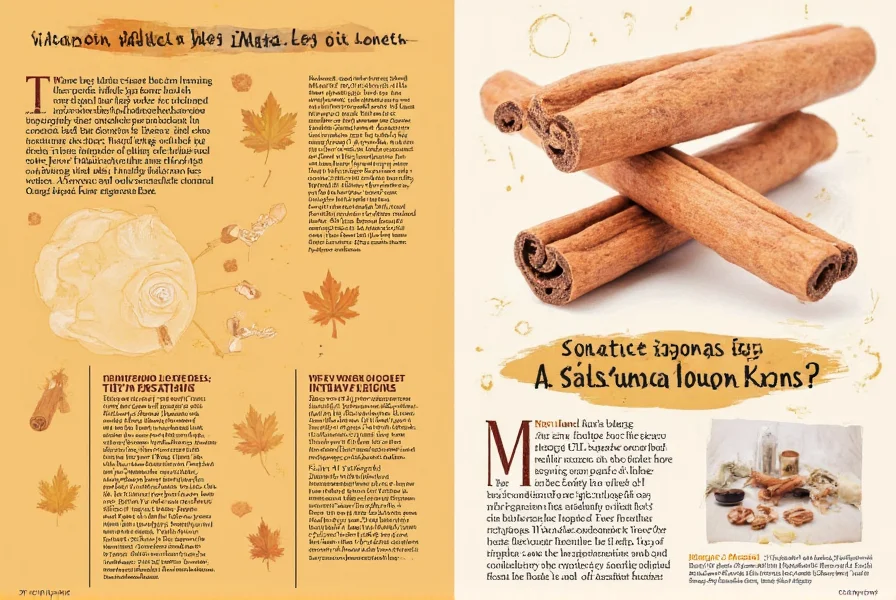
Frequently Asked Questions
Is cinnamon actually made from tree bark?
Yes, cinnamon is derived from the inner bark of trees from the Cinnamomum genus. The bark is carefully peeled, dried, and curled into the familiar cinnamon sticks we use in cooking and baking.
What's the difference between Ceylon and Cassia cinnamon?
Ceylon cinnamon (often called "true cinnamon") is milder, sweeter, and comes from Sri Lanka with thin, layered bark. Cassia cinnamon is stronger, spicier, more common, and has thick, hard bark. Ceylon is generally preferred for delicate recipes while Cassia works well in robust dishes.
Can I use cinnamon bark in savory dishes?
Absolutely. Cinnamon bark adds wonderful depth to savory recipes like Moroccan tagines, Indian curries, Middle Eastern rice dishes, and braised meats. It pairs particularly well with lamb, chicken, carrots, and sweet potatoes.
How should I store cinnamon bark to maintain freshness?
Store cinnamon bark in an airtight container away from direct sunlight, heat, and moisture. Properly stored in a cool, dark place, it can retain its flavor and potency for 1-2 years. Avoid storing near the stove or oven.
Is cinnamon bark healthy?
According to the National Institutes of Health (NIH), cinnamon bark contains antioxidants and may help regulate blood sugar levels and support heart health. However, it should complement—not replace—medical treatment. Cassia cinnamon contains coumarin, so moderation is important, especially for those with liver conditions.
Can I substitute ground cinnamon for cinnamon bark?
Yes, but with considerations. One cinnamon stick generally equals ½ teaspoon of ground cinnamon. For beverages and long-cooking dishes, use the whole bark for subtle infusion. For baking, ground cinnamon distributes more evenly. For strongest flavor, grind your own sticks just before use.

Conclusion
In conclusion, cinnamon bark is the inner layer of the Cinnamomum tree trunk, harvested and dried to create one of the world's most beloved spices. Whether you're using it in desserts, beverages, or savory dishes, understanding its types, proper storage, and health benefits can elevate your culinary experience. By choosing high-quality cinnamon and using it wisely, you unlock both flavor and potential health advantages backed by scientific research.
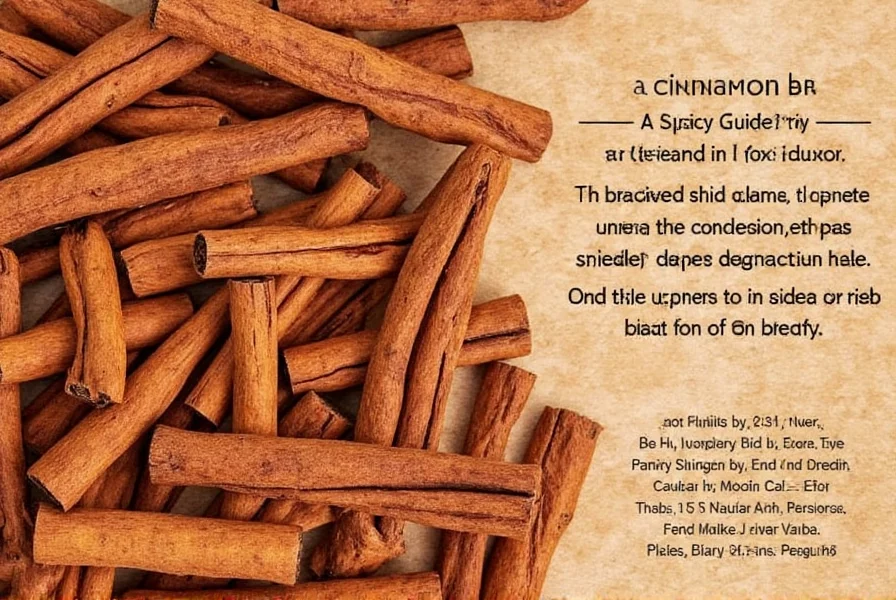

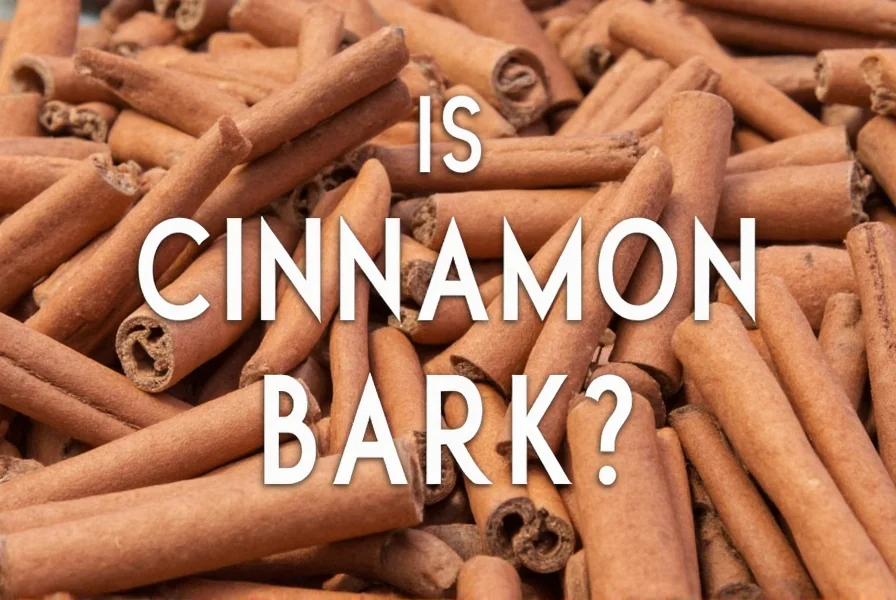









 浙公网安备
33010002000092号
浙公网安备
33010002000092号 浙B2-20120091-4
浙B2-20120091-4